Google has its eye on the prize, that being artificial intelligence, and it’s making a bold power play in the tech arena. The company’s recent ‘Made by Google’ event was more than just showcasing new technology; it represents a strategic effort to dominate the competitive landscape of AI.
With rivals like Apple preparing their own announcements, Google is seizing the spotlight by unveiling a number of innovations it hopes will reshape and become a part of our daily lives. The focus is on making devices smarter and enhancing our experiences through what Google considers transformative advancements. Curious about what’s next for Google? Here are ten key highlights from the event you’ll want to know about.
GET SECURITY ALERTS, EXPERT TIPS – SIGN UP FOR KURT’S NEWSLETTER – THE CYBERGUY REPORT HERE
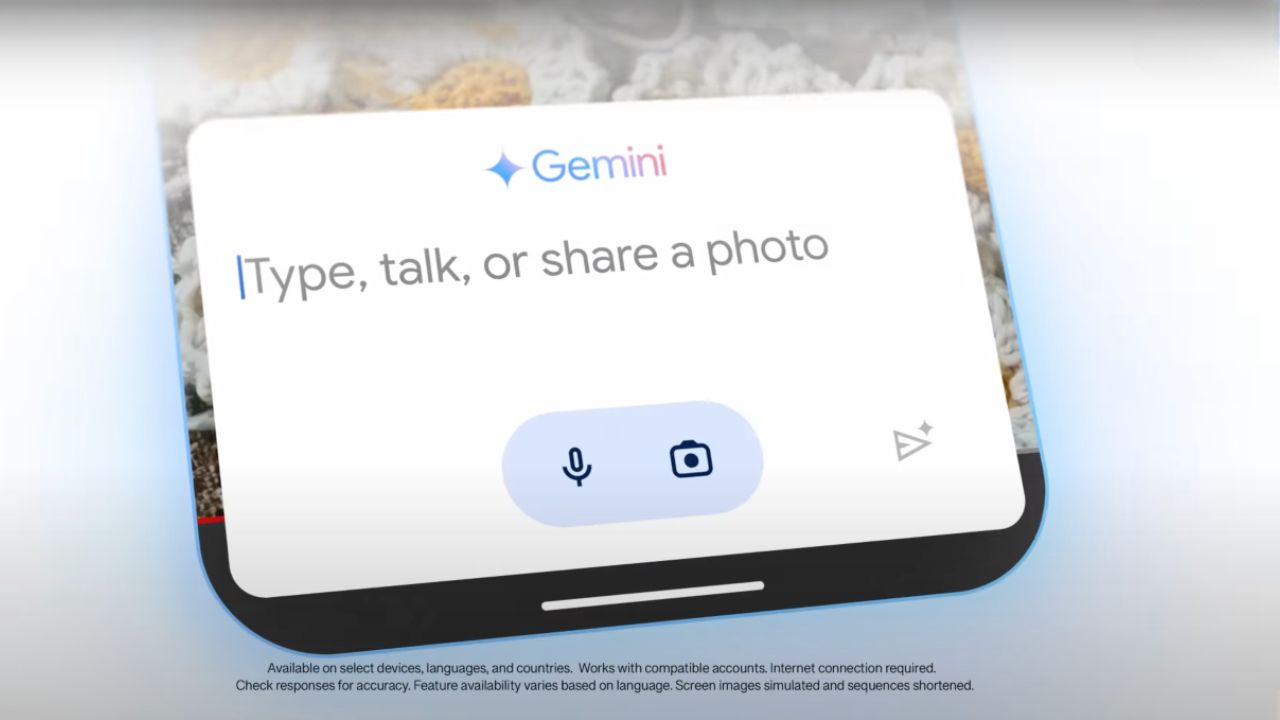
Credit: Google
1) Gemini AI integration
A major highlight of the event was the integration of Gemini AI across devices. One of its features is Gemini Live, which offers advanced conversational capabilities and allows for more human-like natural interactions. The Gemini Advanced experience is available through a Google One subscription and enhances user experience with tasks like planning events and brainstorming ideas.
Gemini’s integration extends beyond basic functionality, offering deep connections with various Google apps and services. You can seamlessly interact with Gemini across platforms, from drafting emails to generating project plans.
Furthermore, Gemini’s multimodal capabilities enable it to process text, audio, and video, making it a versatile tool for a wide range of tasks. The new Gemini features will be available on both Android and iOS.

Credit: Google
HOW TO DELETE EVERYTHING FROM YOUR GOOGLE SEARCHES
2) Pixel Studio and Call Notes
Google also introduced Pixel Studio, an image generation app that leverages AI to create stunning visuals from simple prompts. This tool is designed to help you easily generate professional-quality images for various purposes, from social media posts to marketing materials. To illustrate its capabilities, consider this example: “A tiny chihuahua in white and brown enjoying a bully stick at home.” This prompt showcases how Gemini AI can generate vivid imagery and context.
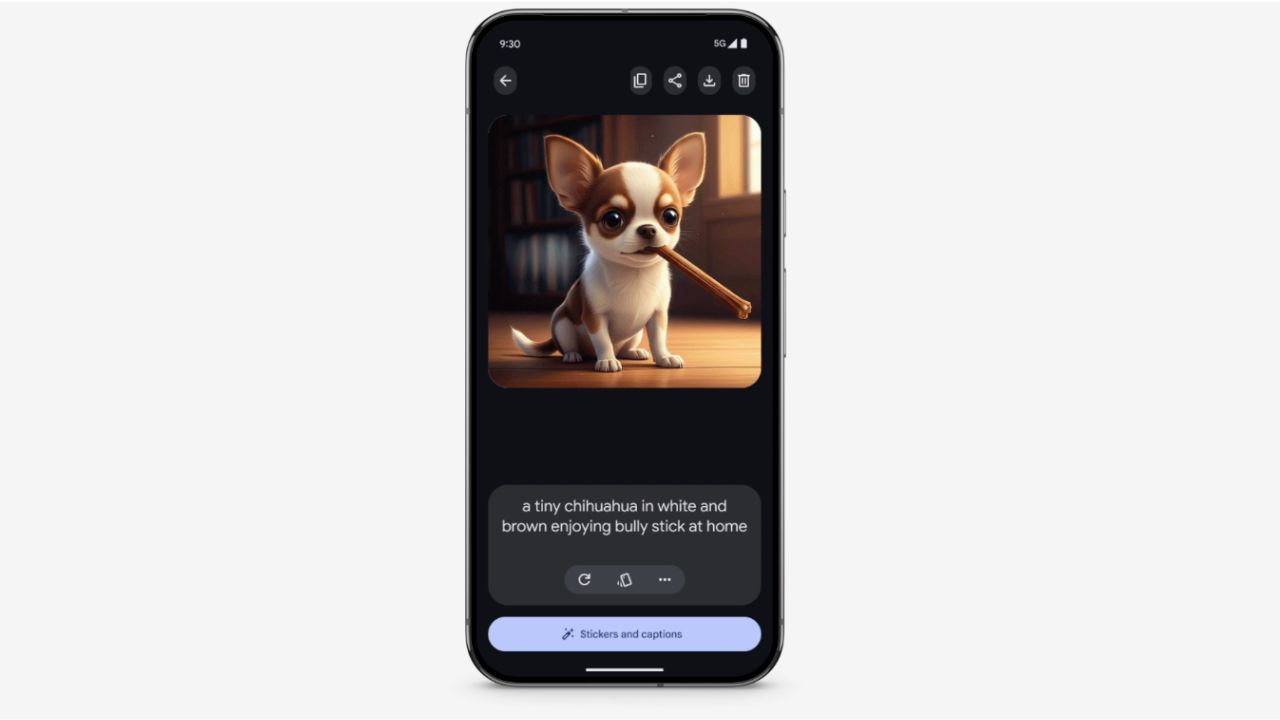
Credit: Google
NEW WAY TO SEARCH FOR ANYTHING, ANYWHERE WITH GOOGLE’S ‘CIRCLE TO SEARCH AI FEATURE
Additionally, Call Notes was unveiled, a feature that provides conversation summaries for phone calls. This tool uses AI to transcribe and summarize key points from your calls, making it easier to keep track of important information and follow up on action items. It works on calls that are at least 30 seconds long.
3) Pixel 9 Series unveiled
Google also introduced the Pixel 9 lineup, including the Pixel 9, Pixel 9 Pro, Pixel 9 Pro XL, and Pixel 9 Pro Fold. These devices are powered by the new Tensor G4 chip, which promises enhanced performance and AI capabilities. The Pixel 9 Pro and Pro XL feature a 42MP front camera for sharper selfies, while the Pixel 9 Pro Fold marks Google’s second entry into the foldable phone market, offering a unique blend of innovation and practicality.
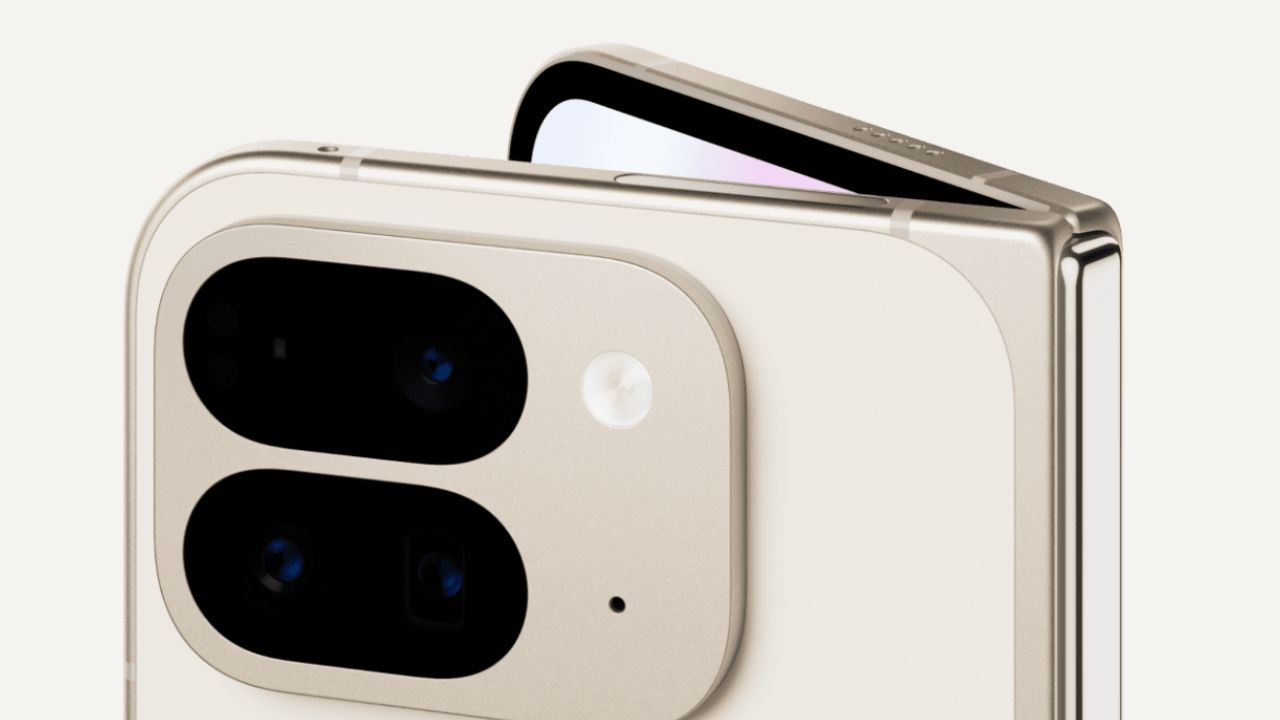
Credit: Google
The Pixel 9 series also features a sleek design with a sculpted camera bar and premium finishes, including a silky matte glass back and polished metal sides. The Pro models come in two sizes, with the Pixel 9 Pro XL offering a larger 6.8-inch display. This redesign not only enhances the aesthetic appeal but also improves the ergonomic feel of the devices.
The Pixel 9 and Pixel 9 Pro XL are available for pre-order, with store availability starting August 22, while the Pixel 9 Pro and Pixel 9 Pro Fold will be available from September 4.

Credit: Google
GOOGLE ROLLS OUT ‘GLANCEABLE’ DIRECTIONS FOR WAY EASIER NAVIGATION
4) Android 15 and AI Tools
Google announced Android 15, which includes new AI tools branded under “Google AI.” Features like “Add Me” for group photos and “Pixel Screenshots” for information retrieval were introduced alongside enhanced security measures. These tools demonstrate Google’s commitment to integrating AI into its operating system, offering you smarter and more intuitive experiences.

Credit: Google
5) Pixel Watch 3 and Pixel Buds Pro 2
Google also showed off both the Pixel Watch 3 and the Pixel Buds Pro 2, showcasing their commitment to creating a seamless ecosystem of interconnected devices. The Pixel Watch 3 was announced with enhanced battery life, now offering up to 36 hours with a new Battery Saver Mode and deeper integration with Pixel devices, making it more efficient and user-friendly.

Credit: Google
Meanwhile, the Pixel Buds Pro 2 were introduced with the new Tensor A1 chip, which reduces their size by 27% and incorporates Gemini AI for improved natural language interaction.
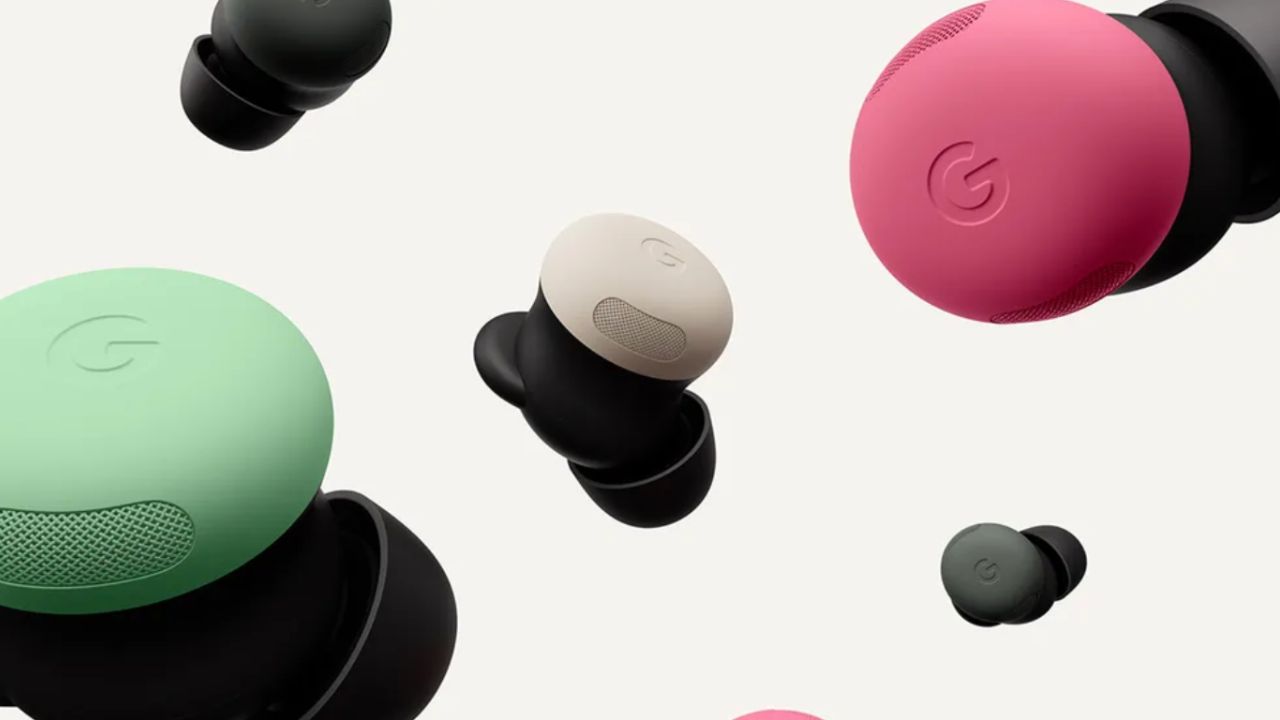
Credit: Google
6) Google Photos gets a boost with Magic Editor and Best Take features
Google announced new features for Google Photos, including Magic Editor. This feature allows you to make complex edits, such as moving objects and changing backgrounds, with simple taps and gestures. It utilizes generative AI to provide contextual suggestions, enabling you to create more visually appealing images without needing advanced editing skills.
Additionally, Google introduced Best Take, a feature that helps you capture the perfect group photo by blending multiple shots to showcase everyone’s best expressions. Google hopes these updates of integrating advanced AI tools into Google Photos will make photo editing more intuitive and accessible for everyone.

Credit: Google
7) Nest Thermostat update
The Nest Learning Thermostat received its first major update in nine years, now incorporating Gemini AI for more natural interactions. This update aims to revitalize the smart home category by offering more intuitive control and energy efficiency, aligning with Google’s vision of a connected home.
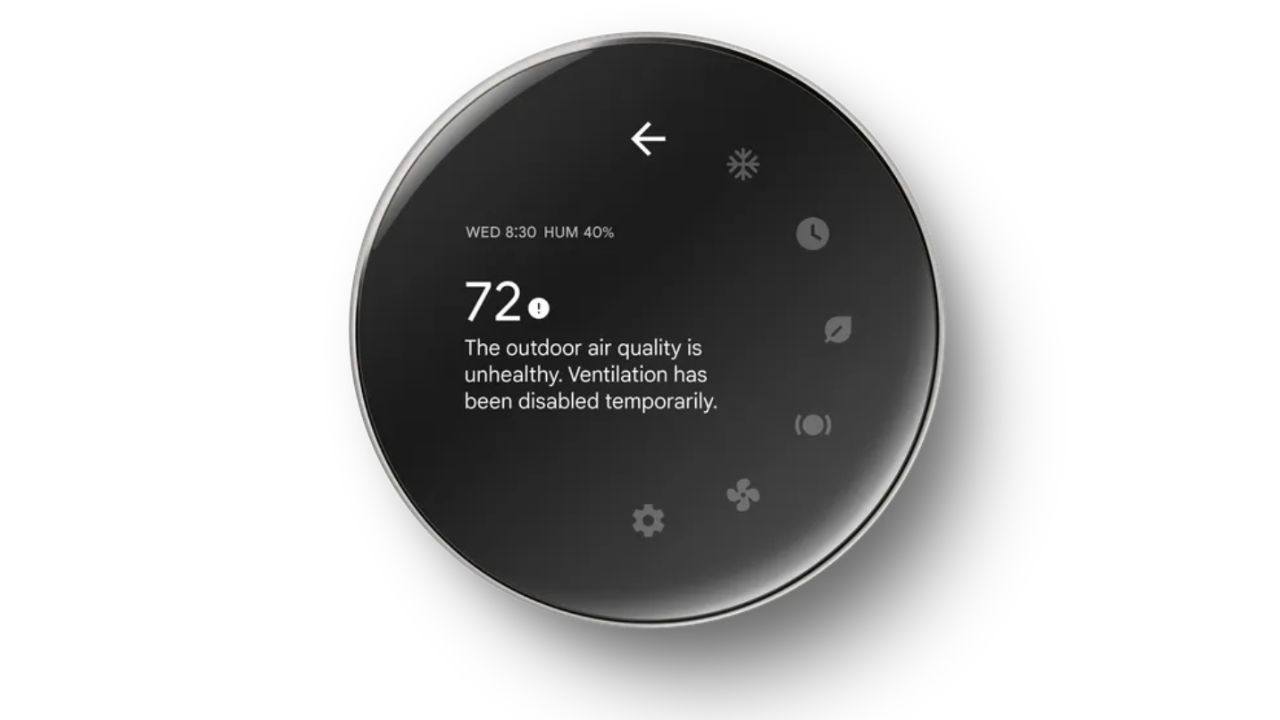
Credit: Google
8) Google TV Streamer launch
The Chromecast line was replaced by the Google TV Streamer, which acts as a smart home hub with Gemini-powered upgrades. This new device supports 4K streaming and smart home controls, enhancing the entertainment experience and further integrating Google’s AI technology into home environments.
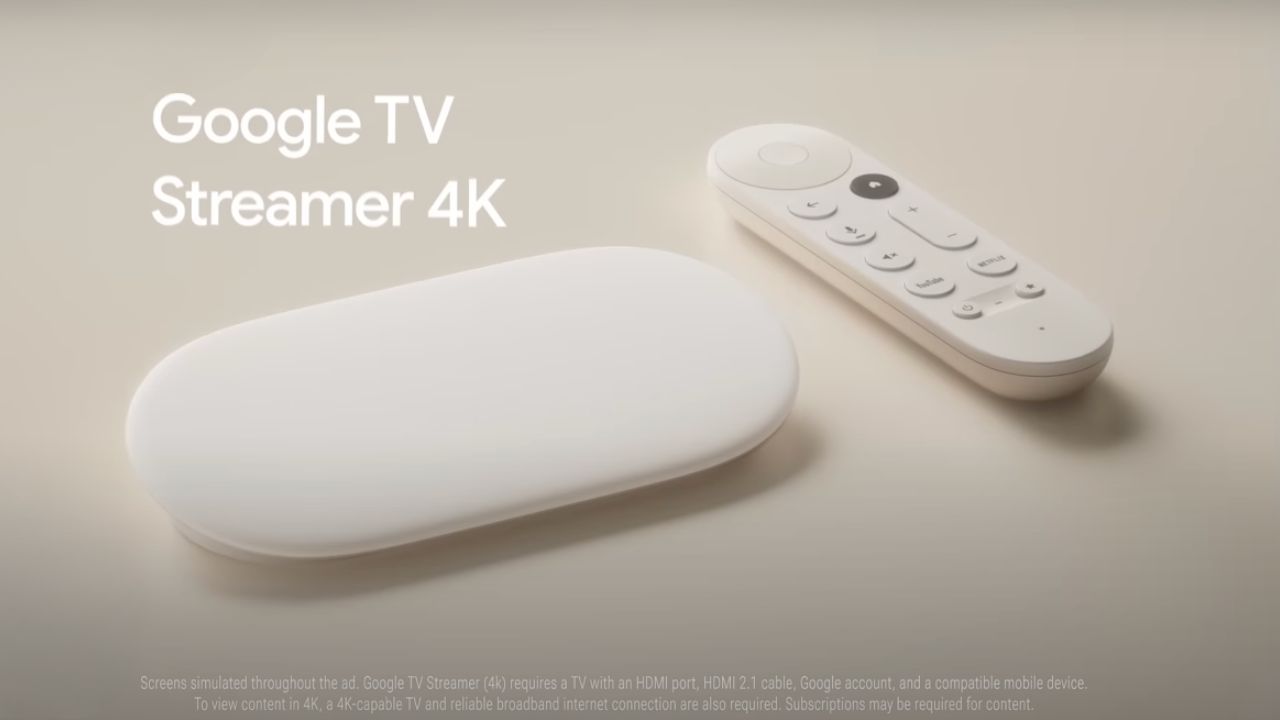
Credit: Google
9) Focus on privacy and security
Google’s business model heavily relies on data collection, which has led to scrutiny regarding privacy violations and data handling practices. Despite efforts to improve, such as introducing incognito mode and data auto-delete features, Google has faced challenges, including privacy breaches and issues with user location tracking.
In response to these ongoing concerns, Google has emphasized privacy and security in its recent updates, particularly by introducing new AI tools and Android 15. Features like Private Space and Theft Detection Lock aim to reassure users about the safety of their data while they enjoy the benefits of advanced technology. This focus on privacy and security is part of Google’s broader strategy to address past criticisms and build trust with its users.
Private Space, a secure environment within Android 15, allows users to isolate sensitive apps and data, such as health trackers or banking apps, from the rest of their device. It functions like a separate user account, accessible only through additional authentication, providing an extra layer of security and privacy for confidential information.
Theft Detection Lock, a new feature in Android 15, uses Google AI to detect if someone snatches your phone and tries to run, bike, or drive away. If such motion is detected, the phone screen quickly locks, preventing thieves from easily accessing your data. This feature enhances Android’s existing factory reset protection by ensuring that a stolen device cannot be reset and reused without the owner’s credentials. This makes it difficult for thieves to sell stolen devices, as they cannot access or reset the phone without the necessary Google account information.
10) Strategic timing before Apple
The event’s timing, ahead of Apple’s September iPhone reveal, suggests a strategic move by Google to capture market attention and showcase its advancements in AI and hardware before the competitive holiday season. This approach highlights Google’s confidence in its offerings and its desire to lead the market in innovation.
Kurt’s key takeaways
It’s clear that Google is making significant strides in the AI arena, positioning itself as a formidable competitor to Apple. With innovations like Gemini AI, the Pixel 9 series, and enhanced features in Google Photos, the tech giant is not just keeping pace but actively reshaping how we interact with technology in our daily lives. As Google continues to roll out these advancements, it will be interesting to see how Apple responds and what the future holds for both companies in this rapidly evolving AI landscape.
What are your thoughts on Google’s latest AI power play? Do you think it will change the way we use our devices? Let us know your thoughts in the comments below.



1 comment
How does Google square the extraordinary electricity demands that AI places on our power grid with their corporate mandate to be green? Here in north central Maryland, we are being threatened with a 70 mile, 500kv “extension cord”, the Maryland Piedmont Reliability Project, slashing Baltimore County through Carroll County to Frederick County for the benefit of data centers in Frederick County and Data Center Alley in northern Virginia. PSEG, the utility developer, has threatened eminent domain out of the gate for landowners who refuse to sell their land to accommodate a 150 foot Right Of Way. And no wonder, our Gov and state legislators sold us down the river with the Critical Infrastructure Streamlining Act of 2024 and tax incentives for data center developers. Moreover, Maryland taxpayers are on the hook for $500,000,000 for the expenses associated with MPRP. MD electricity consumers do not benefit from MPRP; our rates will not decrease. In addition to gobbling up land and electricity, data centers consume massive quantities of water. Farmers and rural landowners are being pitted against corporate giants at Big Tech. Wall Street is bullish on AI and the data center industry. However, industry analysts cite massive investment into AI but no returns on investment and no timeline on when that will occur. We literally face devastation to our lands for the benefit of corporate gain and 0 gain to us. Some experts have stated that because technology is changing so quickly that between the time a data center is designed and brought on line, the data center may be obsolete. Data centers tax the environment continually because of electricity and water consumption. Is having a pseudo relationship with AI powered tech worth the costs to our environment and quality of life? This doesn’t even take into consideration the mandate to divest of fossil fuel power plants and the mandate to heat/cool with electric systems, and buy only electric appliances and vehicles. Marylanders are squeezed on all sides by big tech and state government. MPRP is not at isolated case. Pro Publica profiles 2 Washington counties which have dealt with similar situations for the last 10 years.